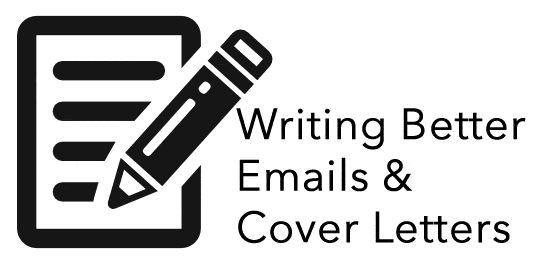When you’re applying for a new job, you don’t get more than one chance to make a good impression. If you are submitting a resume via email, then you have to write a nice introduction and attach flawless application documents that will make you a memorable candidate.
There are universal tips that apply to both traditional and email cover letters:
-
Stick to professional style with perfect grammar and spelling.
-
Do not talk like you know the person who’s hiring, even if you do. This is not a conversation; don’t ruin your chances for an interview by being too relaxed.
-
You shouldn’t be too stiff either, since you should show your unique personality through the cover letter. You need to find the right balance between professionalism and personal expression.
Now that we covered the basics, let’s get into details. Follow these tips that will help you craft a great cover letter and accompany your job application with a sleek email message.
"Employers Want Memorable Cover Letters and Email Messages"

Stick to the protocol
You can get creative within the limits of the standard cover letter form. This type of document is supposed to include a salutation with the receiver’s name. If you know the name of the hiring manager, include it in this section. If not, use the name of the company. Then, the cover letter should contain a body, where you expose the reasons why you are the perfect choice for the position. Finally, you should sum things up with a standard closing (‘Best regards’ or ‘Sincerely’ followed by your signature).
Don’t forget to separate the text in short paragraphs and leave blank lines between them. As for the signature line, it should contain the information you would include on a business card: email address, snail mail address, and phone number. You can also add a link to your LinkedIn profile.
If you’re having troubles with this section, use Wisestamp – a free online tool that enables you to create a nice signature.
Simplicity always works!
You don’t have to add ‘cosmetic improvements’ to your cover letter. If you’re writing it in a standard word processor, keep it plain and don’t bother with advanced formatting. The ideal column line width for email messages is 40. You can use FormatIt.com to stick to this limit, so the cover letter won’t arrive in fragments.
Join The Break Community
Don’t make it too long!
When a hiring manager sees an endless cover letter, he won’t even bother taking a look at it before proceeding to the next candidate. Most recruiters want to see an email pitch of up to 150 words. That should be enough for you to write a captivating message that explains why you deserve that position. Pay attention to the first paragraph; it should grab the reader’s attention and make him/her interested in the rest of the content. Keep the sentences brief and clear!
Use the subject line!
It’s there with a purpose: it tells the email recipient what the message is about. You can use MailChimp to test different versions of your subject line and choose the best one.
TIP: get noticed with a subject line like "5 Reasons I should Your Next [insert job title]
Bonus hint: do not even think about leaving the email message blank if you’re sending the cover letter via attachment. Provide your name and tell the recipient that you’re attaching application documents for the particular position. There is hardly a thing more frustrating than a blank email.
Don’t try to make it cute and fun!
You want to distinguish yourself from the competition by including emoticons, fun colors, different fonts, and slang in your email? That’s just wrong! Keep your ‘creativity’ for a more suitable occasion. Most hiring managers don’t appreciate humorous cover letters.
Check the requirements!
You always want to play by the rules. Make sure to follow the company’s guidelines for submitting resumes and cover letters. If the job ad doesn’t include specific information, try to find it at the official website. Include attachments and recommendation letters only when they are requested. Many companies block emails that contain attachments, in the attempt to prevent virus attacks.
Use the right keywords!
Here is an interesting fact: most companies use applicant tracking systems that enable them to find appropriate candidates through skill-oriented keywords. You’ll increase your chances of getting noticed by including such words and phrases in your cover letter.
Think about the skills required for the position, and write a list of keywords that describe the perfect candidate. Then, make sure to implement them naturally into the text.
Proofread!
Make sure to proofread the email message and the attached documents at least two times. Although the word processor and your email software underline misspelled words, they won’t catch all grammar mistakes. If you are not confident in your writing skills, you can use services like PapersGear and Proofread Bot to check your writing and get the most out of your application. These tools will not only identify the mistakes; they will also offer suggestions for improvement.
The application needs to be ‘appropriate’
This means that you should avoid sending application documents to positions that don’t correspond to your skill set. There is tough competition for every single position, so you’ll only get disappointed when you’re applying for a job that’s not even suitable for you.
Be very specific! Value your knowledge and skills, and you’ll certainly find a company that deserves you.
Kelly Marone is a professional writer and editor. Kelly intends to share her knowledge with young specialists, featuring insightful and helpful advice in her articles. You can connect with her on Linkedin and Google+.













